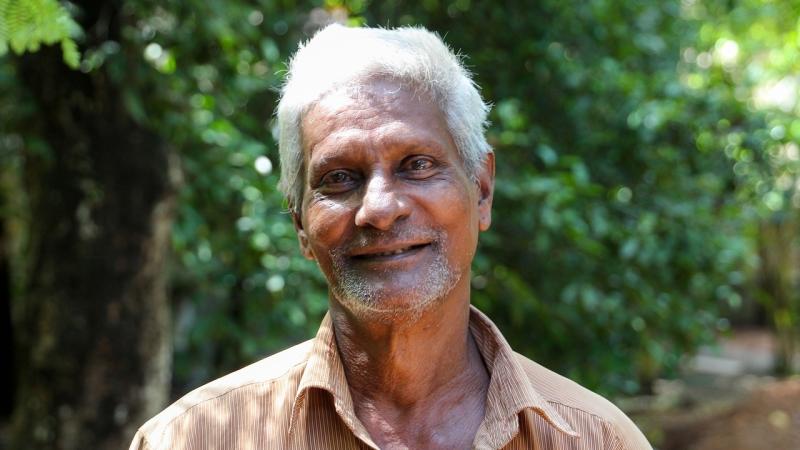
Senior citizens in India devastated by chronic illnesses and associated disability, finds study
Most of us would dream of a healthy retired life filled with peace and happiness. However, if statistics are to be believed, this dream may be a far cry from reality. Although there has been an increase of ten years in the average life expectancy of Indians since 1990, around 5% of our elderly population has an appalling quality of life, thanks to disabilities. In a recent study, researchers at the Jawaharlal Nehru University, New Delhi, have tried to understand the association between chronic illness with disabilities among senior citizens in India.
Although many studies in other countries have strongly associated specific type of disability with a set of chronic illnesses like cardiovascular and lung diseases, diabetes, and arthritis, there was no comprehensive study in India covering various kinds of disabilities until now. Besides, these studies were limited to small areas, and could not help in drawing a nation-wide picture. In this study, published in the journal BMC Geriatrics, the researchers have tried to explain how chronic illnesses affect the daily activities of those above the age of 60.
“To our knowledge, this is the first systematic study to analyse the association between various morbidities and disability conditions among the elderly at the national level”, claim the researchers of the study. “Thus, our study is an important contribution to the understanding of disability conditions in India, which is one of the fastest aging countries in the world”, they add, talking about its relevance.
The researchers used data from the second round of the India Human Development Survey (IHDS-II) for their study. This survey, conducted in 2011-12 had collected data on 15 types of chronic illnesses and disabilities in seven types of daily living activities from 53,582 individuals across the nation. They define disability as the difficulty or inability to perform activities of daily living like walking, toileting, and dressing by persons aged 60 and above. The researchers examined the role of three chronic, age-related illnesses—high blood pressure, heart diseases, and diabetes—on the disability status of an individual and analysed how each of these illnesses affects different types of disabilities.
The study found that the burden of disability among those older than 60 years is much higher than thought earlier. “Our study shows that about 17.93% of elderly men and 26.21% of elderly women in the country experience either mild or severe disability in the three activities of daily living needed for a better quality of life”, say the researchers. They estimate that about 9 million senior men and 14 million senior women in India have at least one type of disability, which is way higher than the estimates generated in the Indian census.
There was also a strong association seen between the existence of chronic illness and disabilities, with a 1.8 higher risk of having a disability if the individual was suffering from any of the three diseases. Interestingly, diabetes was found to be the primary culprit leading to disabilities, followed by high blood pressure and heart problems.
The prevalence of disability was also not uniform across sex and ages. “Our study demonstrates that disability prevalence is higher among women, those not currently married, and those above 80 years”, explain the researchers. The wealthy and educated senior citizens were found to suffer less compared to the poorer, uneducated sections.
The researchers argue that the increasing number of individuals with chronic illnesses could be a significant barrier to achieve sustainable economic development in the country. If we do not plan and execute a focused public health policy to address this concern in time, it could make matters worse, they say.
“A social environment should be created for early detection and postponing the onset of morbidity as the later stages of life approaches, by focusing on a healthy lifestyle from the beginning of adulthood. To achieve this, all stakeholders, including the government, community health workers, and civil society, need to play an essential role”, conclude the authors.





